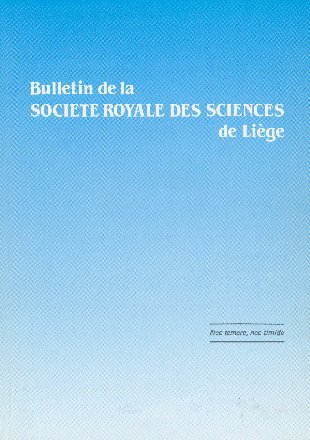- Accueil
- Volume 93 - Année 2024
- No 2 - Proceeedings of the 3rd BINA Workshop on th...
- A Study of Ultracompact H II Regions with Extended Emission: their Importance, Origin, and Evolution
Visualisation(s): 316 (11 ULiège)
Téléchargement(s): 46 (0 ULiège)
A Study of Ultracompact H II Regions with Extended Emission: their Importance, Origin, and Evolution

Document(s) associé(s)
Version PDF originaleAbstract
Studies of ultracompact H II regions have shown that the Lyman-continuum photon (hereafter, Ly-photon) rates inferred from the radio emission and values based on the infrared emission are inconsistent with a rate estimated from radio being up to 90% lower. One possible solution to this inconsistency is the presence of extended radio emission associated with the ultracompact core, which is undetected by most interferometric arrays, due to the lack of very short baselines. Since such extended emission would require a significantly higher rate of Ly-photons to keep its ionization state compared to the compact core, its existence would also resolve the “age problem of the ultracompact H II regions: the number of ultracompact H II regions observed in the Galaxy is much larger than what is expected based on their dynamical age (sound crossing time)”, as there is no need to confine the ionized gas within the ultracompact core. To test this hypothesis, we conducted a study of eight ultracompact H II regions with extended emission using radio data from the upgraded Giant Metrewave Radio Telescope (1.25–1.45 GHz) and the GLOSTAR survey (4–8 GHz), and infrared data from the UKIDSS, 2MASS, MIPSGAL, and Hi-GAL surveys. From our study, we found that the Ly-photon rate inferred from the radio emission is consistent with that inferred from the total infrared luminosity to within 20–30% when we include the extended emission. Furthermore, we identified the candidate ionizing stars and observed that, in some cases, multiple stars were responsible for ionizing the neutral gas in an ultracompact H II region. Here, we present the key results for one region (G19.68–0.13) out of the entire list of our targets.






